Customer Service Goals: Examples for Stunning Success!
By Admin on
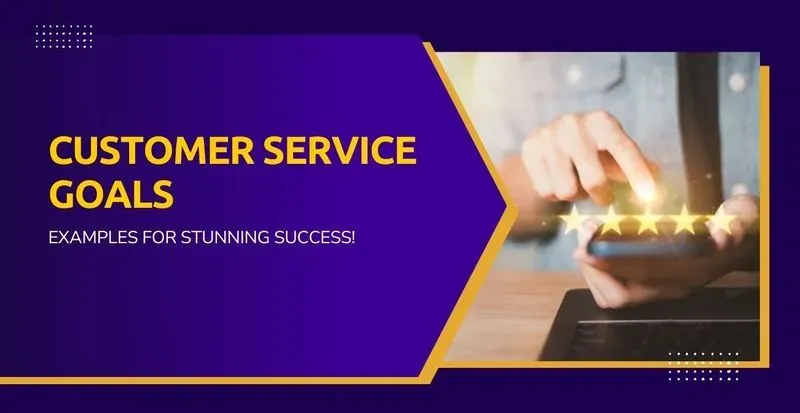
Setting customer service goals provides a powerful opportunity to inspire, engage, and motivate a team. By setting these goals brands can prep their teams to handle any problem efficiently and can boost customer retention rates. However, defining objectives (and key results) for a customer service team poses certain questions. How does one begin? What methods should be employed to realize these objectives? Which metrics are appropriate? When thoughtfully established, customer service goals serve as an effective measure of success and a means to stimulate team motivation, but they must be defined, and achievable.
This discussion will explore the significance of establishing measurable customer service goals, including customer service goals examples of SMART goals, metrics to processes, and more.
Why Setting Customer Service Goals Is Important
Customer service teams play a vital role in maintaining customer satisfaction and contributing to revenue growth. They face crucial performance expectations, highlighting the importance of establishing customer service goals. These goals enable leaders and managers to clarify expectations and set priorities for their teams, fostering accountability and engagement. By focusing on achieving both individual and team objectives, employees are motivated toward their work.
A renowned leader in consulting and training, Franklin Covey, emphasizes the importance of beginning with the end in mind, a principle that is a key chapter in the widely acclaimed book “7 Habits of Highly Effective People.” This approach underlines the necessity of having clear goals; without them, progress is unlikely.
Here are the key benefits of setting customer service goals:
- Aligning team expectations. When teams share common objectives, they can support one another more effectively. Understanding the final goal enables agents to focus on results-driven activities.
- Evaluating and guiding agent performance. Identifying specific goals for agents facilitates the management of their tasks and highlights their importance within the company. This also aids leaders in monitoring progress and pinpointing areas for enhancement.
- Encouraging your agents. Motivation is fundamental to human achievement. By presenting a goal to strive for, team members experience a sense of accomplishment that fuels their motivation.
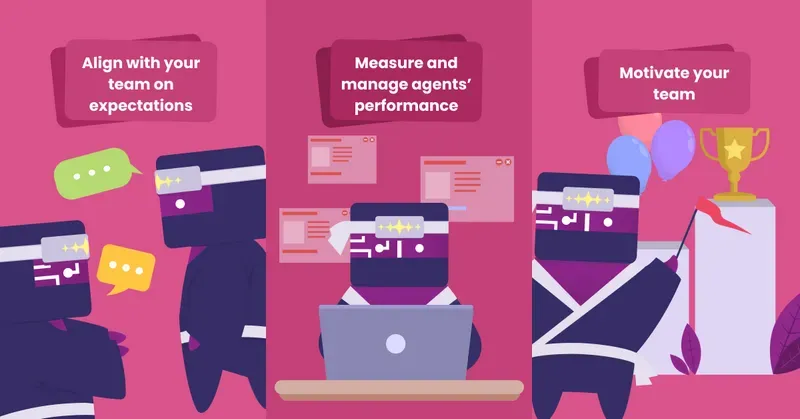
How To Approach Customer Service Goal Setting
Identifying and adhering to goals poses a significant challenge for customer service teams. Several approaches can be utilized to facilitate goal setting within these teams.
Define how customer service quality is measured
Choosing appropriate metrics and KPIs for gauging a support team’s performance and establishing customer service quality assurance standards sets a clear direction for the team. Without established goals, it’s impossible to gauge whether there’s an improvement in quality.
For instance, should a company aim to enhance productivity by 10%, the team could support this objective by aiming to boost the First Contact Resolution (FCR) rate by 5%.
Be SMART
Customer service SMART goals are utilized to establish distinct, achievable objectives. SMART is an acronym that describes the key characteristics of effective goals:
- Specific — Goals must be specific and well-defined, avoiding vagueness to ensure they provide clear direction.
- Measurable — It’s essential for goals to have measurable criteria to track progress effectively. Without such criteria, there is a danger of aiming for and possibly achieving goals that were not desirable.
- Attainable — Goals should be achievable, representing objectives that are both desirable and possible to accomplish with adequate planning, motivation, and dedication.
- Realistic — The goals set should be relevant to the business’s objectives, align with other goals, and resonate with company values.
- Time-bound — Having a definitive timeline for goals is crucial. This not only ensures that the goals are grounded in reality but also aids in keeping everyone on track, particularly as deadlines approach.
The method is designed to energize agents and further facilitates the tracking of progress.
An example of applying SMART goals effectively could be setting an aim to reduce the Average Resolution Time (ART) per ticket by 10% within a span of 30 days. Such a goal is targeted to enhance Customer Satisfaction (CSAT) scores by 10% in the same timeframe.
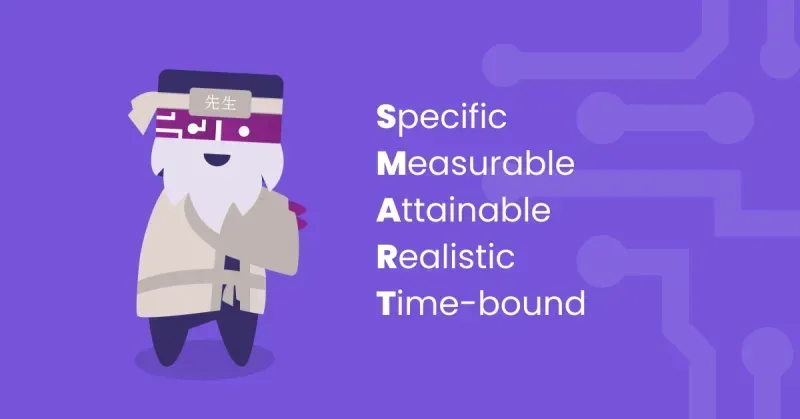
Collaborate with agents
Collaboration in establishing a reasonable set of customer service goals motivates the entire team to support them. Allowing agents to set personal objectives enhances their satisfaction and productivity levels. Incorporating gamification into the strategy further amplifies this effect. This approach to goal setting necessitates flexibility from both management and agents, ensuring consensus on the objectives. It fosters a constructive environment where the advantages and disadvantages of each metric can be openly discussed.
Have both team and individual goals
Setting both individual and team goals is an effective way to motivate agents. Establishing weekly, monthly, and quarterly individual objectives, alongside annual targets for the entire team, creates a clear understanding of expected outcomes. This approach encourages the team to work together toward the bigger picture and achieve success.
It’s crucial for a team to maintain focus, which involves providing them with the necessary tools for tracking customer service objectives effortlessly. Opting for manual inputs over automated entries can discourage them from completing tasks efficiently.
Incorporating gamified skill-building offers a fun and effective strategy to engage a team while simultaneously monitoring progress towards set goals. Introducing a unified point system facilitates a proactive approach in guiding agents to align and achieve their personal and organizational aspirations.
Automate goal setting
Utilizing automation in the goal-setting process streamlines this often time-consuming task, offering a solution that saves both time and effort. Various tools and software, including options like Kaizo, are available to facilitate this automation.
These tools can create an automated system for setting and tracking goals, simplifying the process of defining objectives, monitoring progress, and identifying any arising issues. This not only aids in performance management by providing insights but also in setting clear objectives.
By adopting such technology, the goal management process is not only time-efficient but also becomes more straightforward and effective for all parties involved.
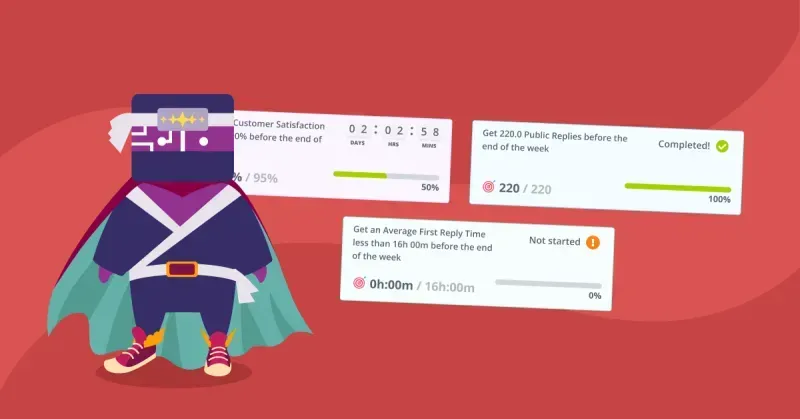
8 Customer Service Goals to Focus On
With the readiness to set goals and motivate the team, the next step involves determining the focus areas and measurements. Each category should be thoroughly reviewed to develop a comprehensive plan, ensuring the inclusion of any additional metrics significant to the team or organization.
1. Improving how you measure customer service performance
The first step should be selecting the most suitable customer service metrics that align with the company’s objectives. Following this, one can employ performance management software to gauge customer service efficiency and identify areas in need of enhancement.
What You Can Do: Aim to elevate the average CSAT from 75% to 80% by the conclusion of the upcoming quarter through bi-weekly training sessions designed to expedite case resolution.
2. Improving customer service quality
A business’s ability to keep its customers satisfied and loyal largely relies on the effectiveness of its customer service. By implementing a quality assurance framework, the procedure is streamlined, thus enhancing the customer service experience.
This involves establishing procedures to analyze the root causes of underperforming Key Performance Indicators (KPIs), minimizing staff turnover, and bolstering customer loyalty, among other measures.
What You Can Do: Aim to boost the First Contact Resolution (FCR) rate by 2% in the upcoming month through the development of Zendesk macros, which expedite providing customers with comprehensive responses to frequently asked queries.
3. Increasing customer satisfaction
Understanding customer needs through regular surveys is essential. When customers are content, it naturally fosters loyalty and enhances retention. Studies have shown that satisfaction correlates with reduced bounce rates, as well as increased referrals and revenue.
In assessing customer satisfaction, it is crucial to incorporate a variety of metrics such as CSAT, First Reply Time (FRT), and total resolved inquiries. This approach allows for a comprehensive understanding of strengths and areas for improvement. Actively listening to customer feedback reveals what is most valued by them.
What You Can Do: A practical objective to pursue is the enhancement of FRT by 20 minutes or by 5% per agent by the forthcoming quarter, achieved by engaging two additional agents to ensure a balanced distribution of responsibilities.
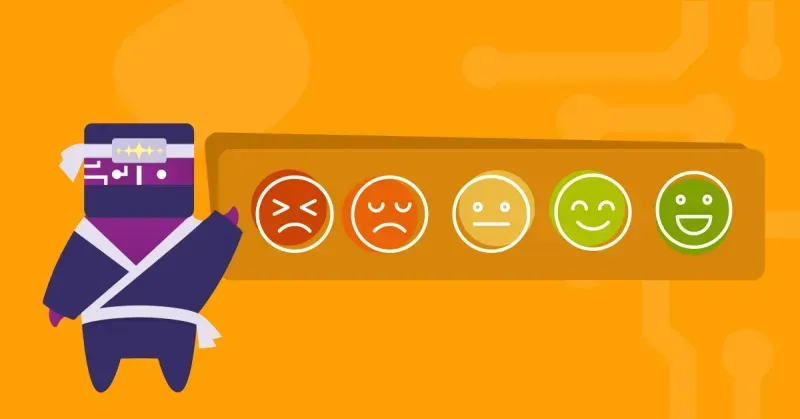
4. Increasing operational efficiency
Ensuring the entire customer service team and the process operate smoothly and efficiently is crucial. It’s important to assess any gaps in the customer experience to identify areas of improvement.
In some instances, introducing a new tool or enhancing agent training proves beneficial. Collaboration across teams may also enhance vendor relationships and streamline supply chain processes.
What You Can Do: Aim to increase the First Contact Resolution (FCR) rate by 5% by the next quarter. This can be achieved by rewarding customer responses that receive high internal quality assurance (QA) ratings, namely 4 to 5 out of 5.
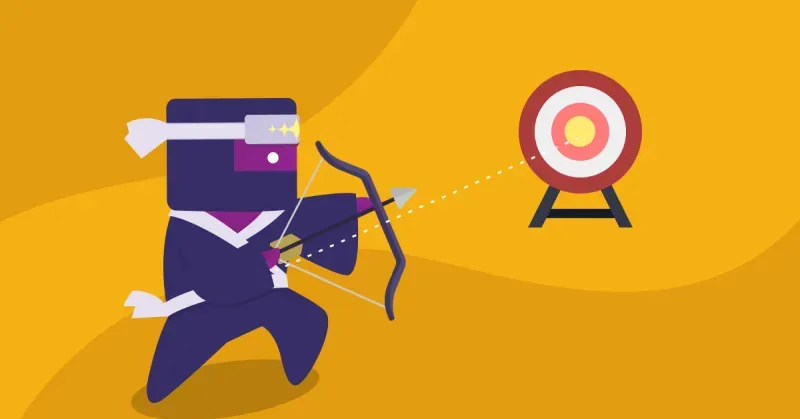
5. Developing better problem-solving skills
An essential skill that both managers and agents require solving problems efficiently. Swiftly addressing issues can enhance their Customer Satisfaction Scores (CSAT), yet these scores also hinge on an agent’s helpfulness, whether or not solving the issue is feasible.
What You Can Do: Aim to cut down the Average Resolution Time (ART) by 20% in the third quarter compared to the second quarter by enhancing agents’ problem-solving abilities through weekly one-on-one quality feedback meetings.
6. Leveling up leadership skills
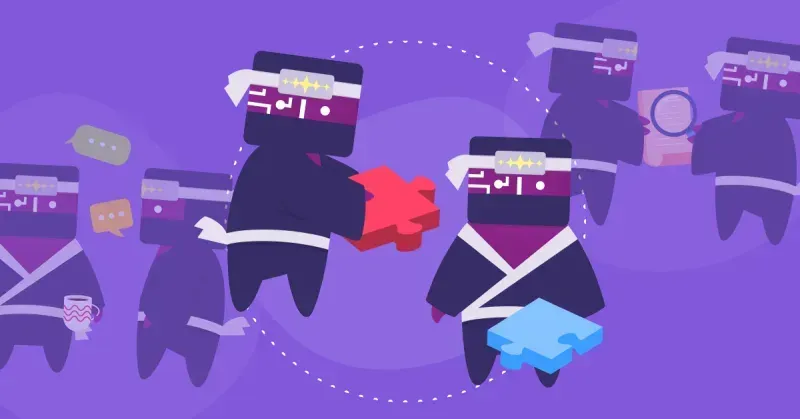
Leadership skills are essential not only for managers but also for agents, fostering a sense of empowerment when they lead or collaborate in goal-setting endeavors. Encouraging customer service teams to learn new skills boosts their confidence and enhances their performance.
What You Can Do: By the end of the next quarter, every agent is expected to complete a new course in leadership, with one hour per week allocated during working hours to achieve this.
7. Boosting employee happiness and team spirit
In a year of constant change, it has been observed that more than half of the workforce is expected to seek new job opportunities in 2021, according to research. The pandemic has significantly altered people’s priorities, leading many to pursue roles where they feel fulfilled, valued, and actively engaged.
One strategy to achieve such satisfaction is by introducing gamification in evaluating customer service performance. This involves employees setting their own measurable objectives and achieving them at their own pace, provided it’s reasonable.
What You Can Do: By measuring the team’s happiness through an anonymous survey and correlating it with the turnover rates from the previous year, organizations can gain insights into their workforce’s satisfaction level. Based on this feedback, a practical goal could be to enhance employee retention by 5% before the end of the upcoming quarter.
8. Creating an omnichannel customer service experience
Understanding customers’ preferences for communication channels is crucial in effectively meeting your business objectives. When issues arise regarding difficulty in reaching out, businesses should inquire about customers’ most frequented platforms for contact.
If the website is their go-to, an accessible ‘contact us’ button with multiple communication options should be provided. For those who opt for Facebook Messenger, dedicated agents should be assigned to ensure efficient management. Maintaining high-quality customer service without over-extending resources is essential. For certain businesses, optimizing customer and agent engagement on a select few channels might be the strategy to adopt.
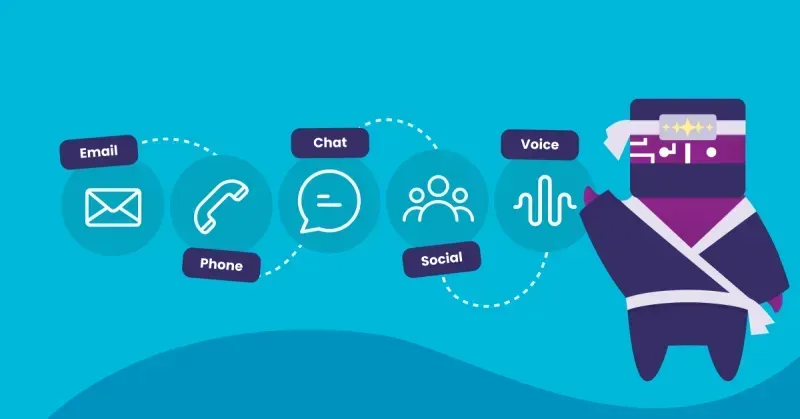
What You Can Do: By the end of the third quarter, the aim is to introduce two additional customer service avenues, specifically social media and live chat, and allocate two to three agents to manage these channels effectively to achieve an average Agent Reply Time of 24 hours or less.
Using Gamification To Empower Agents and Reach Customer Service Goals
Customer service goals can become engaging, motivating, and team-aligning by following certain steps. Skill building with AI and gamification tools is designed to enhance agents’ happiness and productivity.
Empowering teams to improve their skills, achieve weekly KPIs, and have their progress recognized serves as strong motivation. A customized point system can be utilized to proactively steer performance toward improvement.
Common Goals Lead to a Cohesive Team
Customers seek the ability to communicate with brands when they need any sort of support or advice and this calls for helpful representatives with quick response times. This underscores the importance of customer service for any brand aiming for long-term success, highlighting that customer service objectives are essential components of a brand’s strategy.
Collaboratively setting goals not only serves as a motivational force but also empowers employees. Involving agents in the decision-making process engages them, which in turn enhances team spirit and, ultimately, the company’s financial performance.
Employing strategies such as gamification, skill development, and the establishment of SMART goals can refine and elevate the quality of customer service. By supporting one another, the confidence that every team member can contribute to and achieve the set customer service objectives is fostered.



